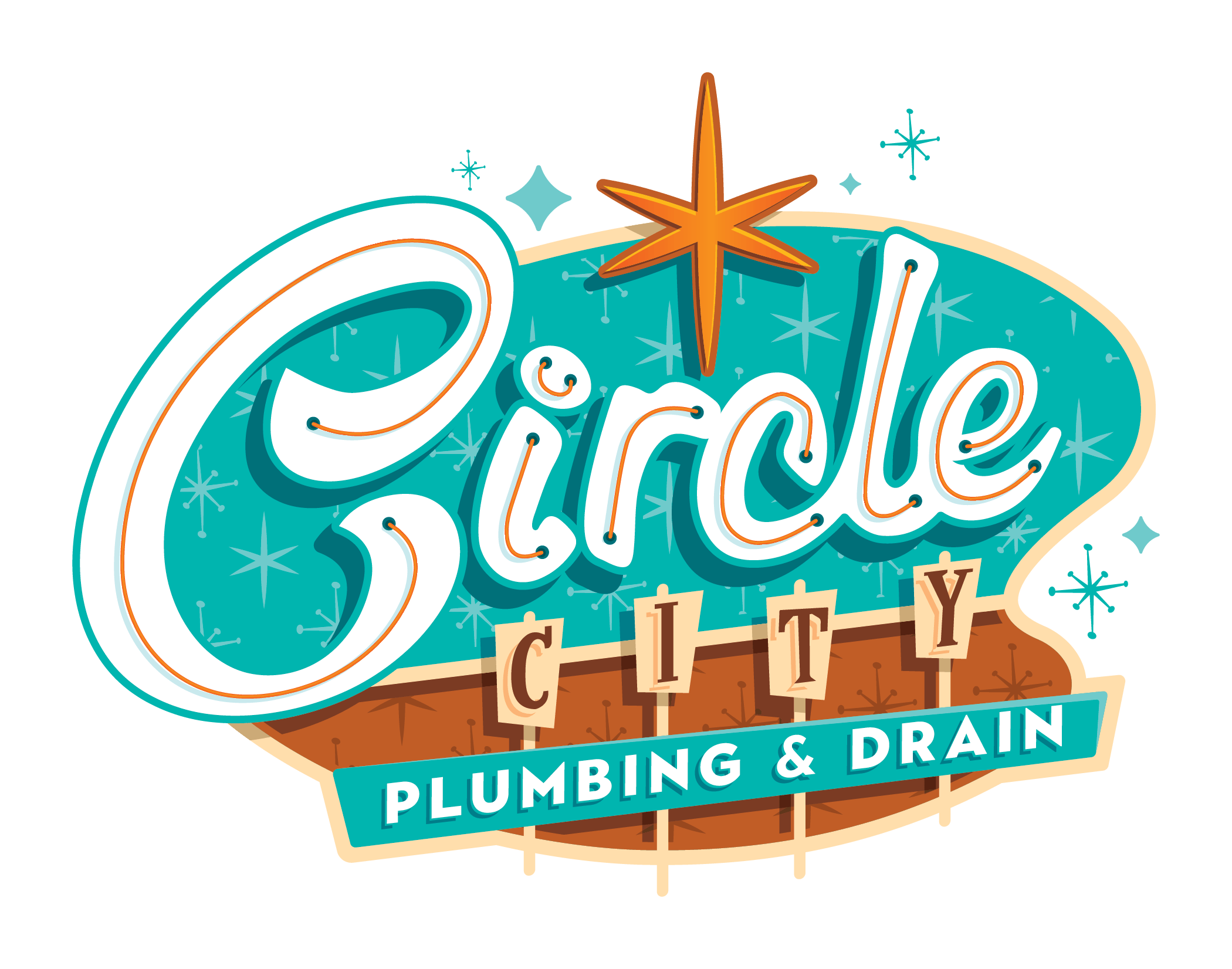Water Heater Recirculation Pumps: Enhancing Hot Water Efficiency and Convenience
Waiting for hot water to reach the faucet or shower is a common inconvenience in many households. The time and water wasted while waiting for hot water to flow can add up over the years. Water heater recirculation pumps offer a solution to this problem by ensuring quick access to hot water throughout your home. In this comprehensive guide, we’ll explore the benefits of water heater recirculation pumps, how they work, installation considerations, and their contribution to energy savings and convenience.
Instant Hot Water
The primary benefit of water heater recirculation pumps is their ability to deliver hot water to your taps almost instantly. No more waiting for the water to heat up, allowing you to enjoy hot water immediately.
Water Conservation
Recirculation pumps significantly reduce the amount of cold water wasted while waiting for hot water. This conservation not only saves water but also reduces your utility bills.
Energy Savings
By minimizing the time it takes for hot water to reach your faucets, recirculation pumps reduce the need to run taps and showers for extended periods. This translates to energy savings by reducing water heating costs.
Convenience
Recirculation pumps make life more convenient by ensuring hot water is readily available when you need it, whether it’s for bathing, cooking, or cleaning.
Dedicated Return Line
In homes with a dedicated return line, a recirculation pump continuously circulates hot water through this line, ensuring quick access to hot water at all times.
Traditional (Timer) Recirculation System
This system uses a timer to schedule when the recirculation pump operates. While it ensures hot water is available during specific times, it may lead to energy wastage when not in use.
Demand-Controlled Recirculation System
These systems use sensors or motion detectors to activate the pump only when hot water is needed. This approach minimizes energy consumption and water wastage.
Types of Recirculation Systems
Installation Considerations
Plumbing Configuration
The installation of a recirculation pump may require adjustments to your plumbing system, such as adding a dedicated return line or installing check valves to prevent backflow.
Pump Location
The location of the pump is critical for effective operation. Placing the pump near the water heater and ensuring proper insulation of pipes are essential considerations.
Professional Installation
Installing a recirculation pump involves plumbing modifications and electrical connections. Professional installation ensures proper setup, compliance with codes, and optimal performance.
